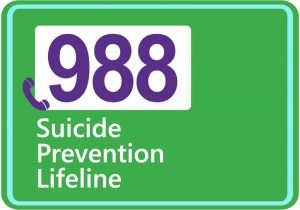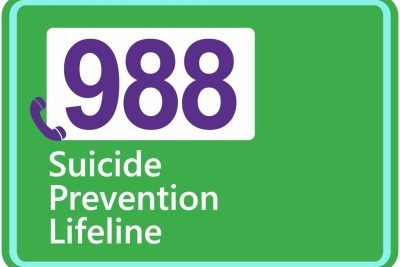
988 is the new, nationwide, three-digit dialing code for the Suicide and Crisis Lifeline. The 988 dialing code connects people via call, text, or chat, to the existing National Suicide Prevention Lifeline (NSPL) where compassionate, accessible care and support are available for anyone experiencing mental health-related distress. 988 is the newest addition to the state’s network of crisis center providers and will not replace any crisis call centers in Washington. The current NSPL number, 1-800-273-TALK (8255), will remain active along with the new 988 dialing code.
“Thanks to the many partner organizations and agencies who have made this resource possible,” said Governor Jay Inslee. “In the same way 911 transformed our ability to respond to emergency safety or health situations, 988 will transform our ability to connect people to help in behavioral and mental health crisis situations.”
“Providing an easy-to-remember, three-digit number is an important step to accessing potentially life-saving support,” said Umair A. Shah, MD, MPH, Secretary of Health. “We are dedicated to enhancing and expanding behavioral health crisis response and suicide prevention services for all Washingtonians.”
In addition to activating a new dialing code for anyone experiencing suicidal or mental health-related crisis to call, the 988 Suicide and Crisis Lifeline also allows text messaging as part of increasing access to services for youth and individuals with different abilities. People can also dial or text 988 if they are worried about a loved one who may need crisis support. 988 will be available 24/7 and is free and confidential.
Call services will be available in Spanish, along with interpretation services in over 250 languages. Spanish speakers may reach the Spanish Language Line by pressing 2 after dialing 9-8-8 or 1-800-273-TALK (8255). Text and chat services are available in English only.
Veterans and service members may reach the Veterans Crisis Line by pressing 1 after dialing 9-8-8 or 1-800-273-TALK (8255). Soon, Washington will also be able to launch a Native and Strong Lifeline, dedicated to serving Washington’s American Indian and Alaska Native individuals.
People who are deaf, hard of hearing, and TTY users should use your preferred relay service or dial 711 then 1-800-273-8255.

